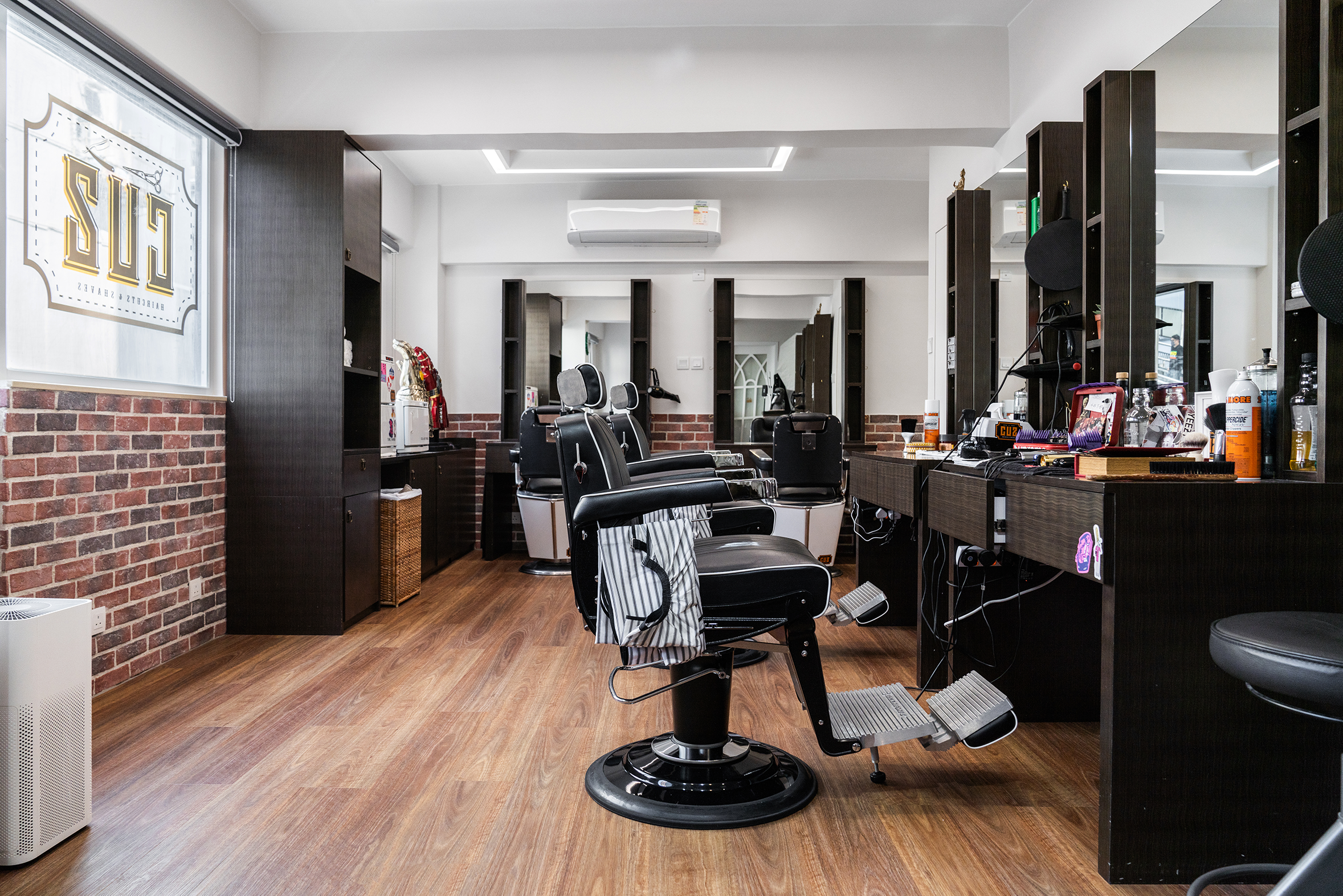Ensuring Client Welfare By means of Effective Safety and Safety Standards throughout the Barbering Sector
Ensuring Client Welfare By means of Effective Safety and Safety Standards throughout the Barbering Sector
Blog Article
The hair grooming sector plays a crucial role in personal grooming and self-care. However, it is essential to prioritize the health and safety of both clients and barbers in this environment. Effective health and safety regulations are crucial for maintaining hygiene standards, preventing accidents, and ensuring a positive interaction for all parties engaged. By adhering to these regulations, barbers can create a safe space that fosters trust and comfort among clients.
A single critical aspect of well-being and safety in grooming is cleanliness. Stylists must adhere to strict hygiene protocols, including frequent disinfecting of equipment and stations. This includes disinfecting scissors, clippers, and brushes after every use to remove the possibility of transmitting germs or infections. Additionally, barbers should use sanitized gowns and linens for each client to promote a hygienic setting. Applying these measures not only safeguards clients but also enhances the reputation of the barbering establishment.
An additional critical requirement addresses the safe handling of chemicals used in hair treatments. Products such as hair dyes, relaxers, and other formulations can present hazards if not handled properly. Stylists must adhere to safety guidelines for the storage and use of these products to avoid dermal reactions or sensitivities among customers. Using gloves and ensuring adequate ventilation during procedures are crucial measures that professionals should implement to protect customer well-being while offering high-standard care.
Accident prevention is also a vital element of wellness and security regulations in barbering. Barbershops should be designed with safety in mind, minimizing hazards such as slippery floors or cluttered workspaces. Staff should be trained in emergency procedures, including how to handle cuts or burns that may occur during service. Providing first aid kits and ensuring that all staff members know their locations is an excellent way to prepare for unexpected incidents. By prioritizing straight from the source preventative actions, practitioners can maintain an atmosphere where clients feel secure and cared for.
Finally, effective communication is key to ensuring client wellbeing in the barbering industry. Stylists should engage with clients about their needs and any potential risks associated with the services offered. This involves reviewing sensitivities to chemicals or prior adverse reactions reported by individuals. By fostering honest more dialogue, barbers can build trust with their customers while delivering that they receive personalized care tailored to their individual requirements. Ultimately, upholding wellness and protection standards will result in enhanced customer satisfaction and a thriving barbering business.